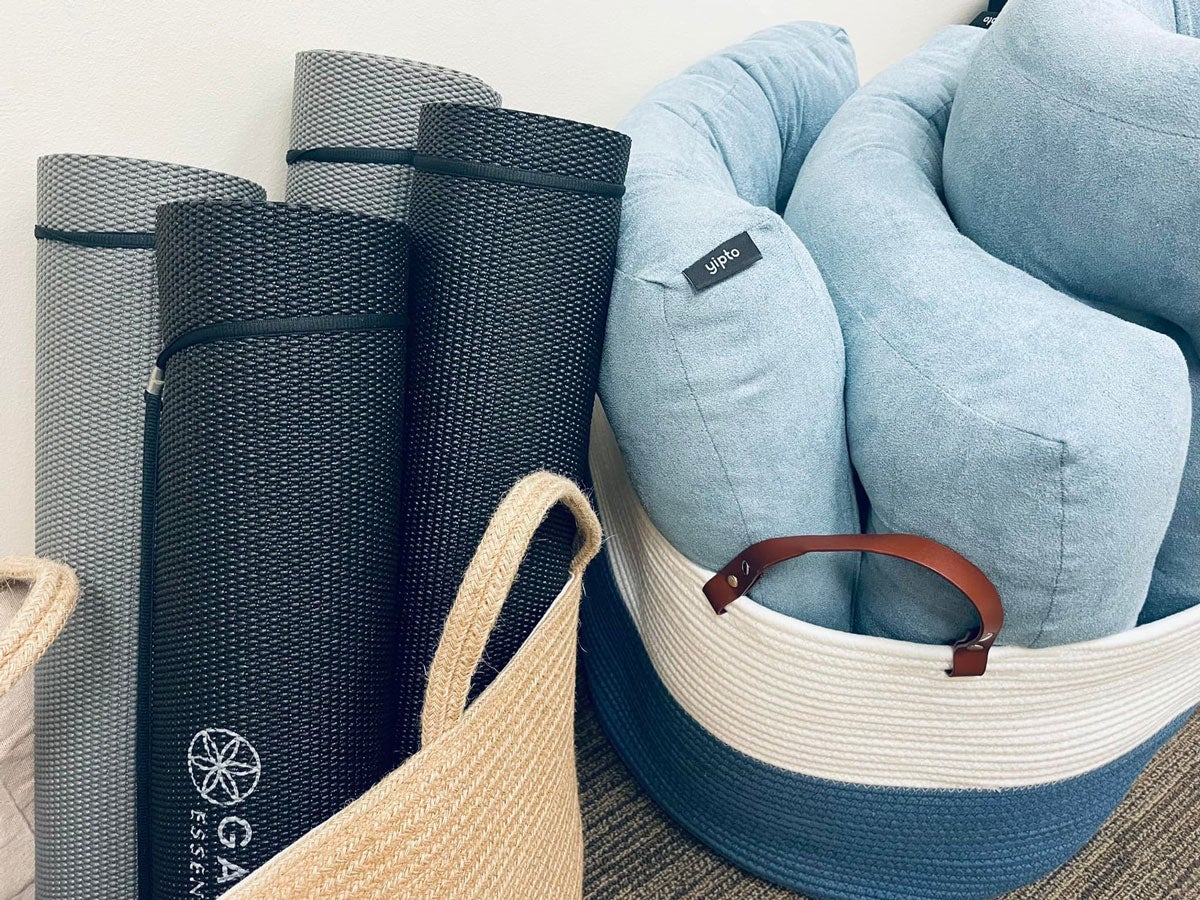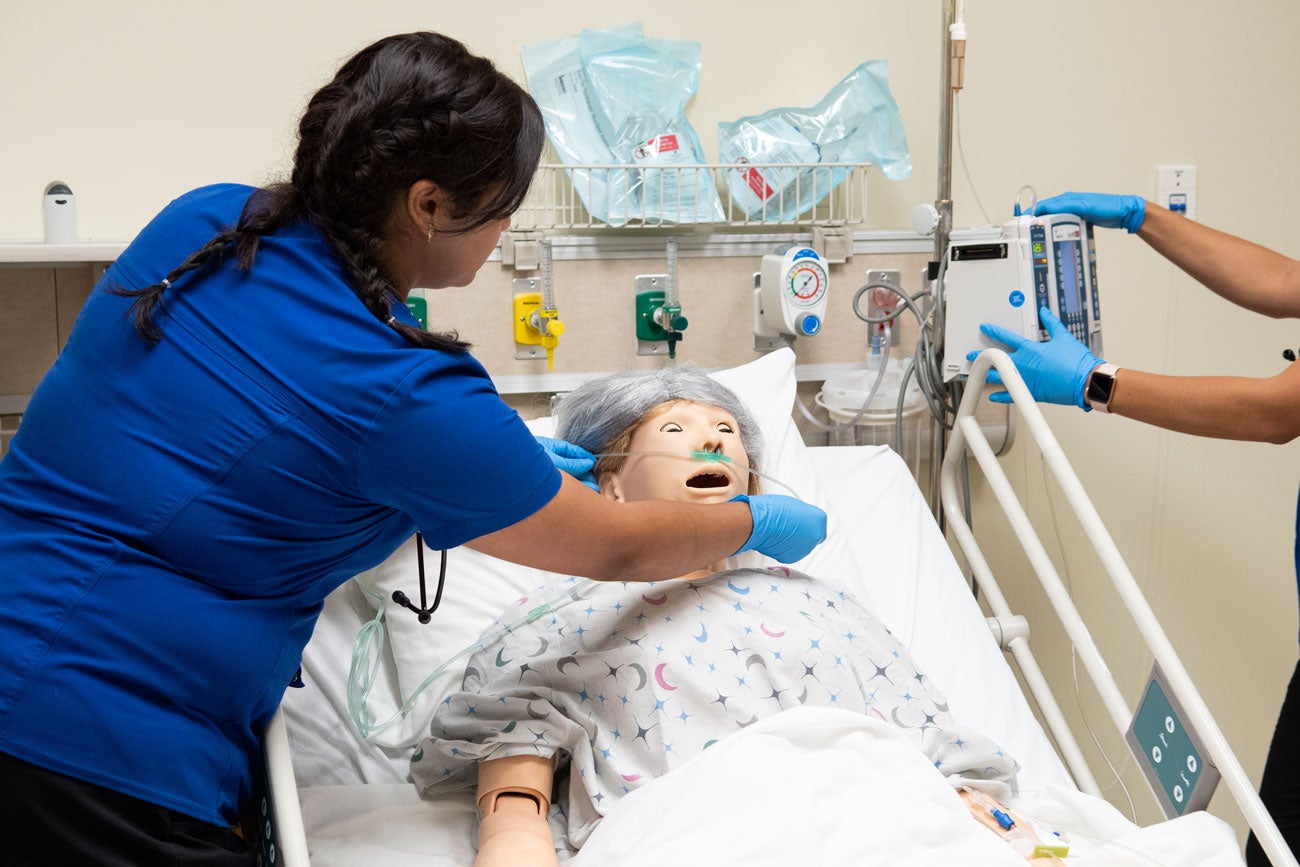Most people outside of the medical field aren’t familiar with simulation-based education. School of Nursing simulation operations coordinator Casey Blizzard hopes to change that with a culture of openness, self-care and a realistic learning environment.
Opening wide the doors
Blizzard and Kelley Connor, the director of simulation-based education and research at the School of Nursing, have been working hard to create a culture of openness around Boise State simulation education.
When Blizzard started at the School of Nursing in 2021, people frequently asked her questions that gave her the sense they were unfamiliar with simulation education, including things like rules versus best practices. Many people thought simulation was exclusive, difficult to be a part of and something they couldn’t do; but “none of that is true,” Blizzard said.
One of Blizzard’s main goals is for the Simulation Center to be an open book where people are excited to come and learn.
Spaces reflect positive culture
Part of being an open, welcoming educational space means encouraging safe educational practices. So the Simulation Center’s efforts to increase openness morphed into creating a self-care space in the Jody DeMeyer Reading and Reflection room.

Students often report feeling increasingly anxious and stressed around simulations; pairing self-care with simulation education helps them develop methods of stress-management while in a safe, low-stress environment. It gives students an outlet to try different techniques and find what works best for them before they become critical skills in the workplace.
The self-care room now houses yoga mats, cushion chairs, potted plants, a bubbling fountain and recorded meditations, among other things.
Mirroring a realistic workplace
It’s crucial that nursing education reflects real life as best as possible. For the Simulation Center, this means having the most life-like representations of patients, symptoms and tools for care. Recent efforts to reflect the workplace have led to new members of the manikin team.
While previous manikins allowed students to train for a wide-range of skills, their application was limited to a narrow population: thin white males. However, all one needs to do is stroll down the street to see this sample doesn’t represent real life.

In order to better represent the workplace population, the simulation center added more realistic male and female manikins of differing ages, weights and colors.
“We now have a bariatric manikin so [students] can practice on people who aren’t perfectly thin,” Blizzard explained.
“We also have manikins of different ages now, because for a long time we would try to make them look older, but they just looked like a regular adult with a wig.”
Connected by a common goal
While these elements of the Norco building’s third floor are technically all separate, Blizzard explains that they connect together through the common goal of a supportive learning culture.
From the self-care room to each simulation scenario, “we just want the entire floor to feel different,” she said. “We want there to be a more interactive, welcoming kind of feeling when you come here.”
For more information about simulation at the School of Nursing, contact caseyblizzard@boisestate.edu.